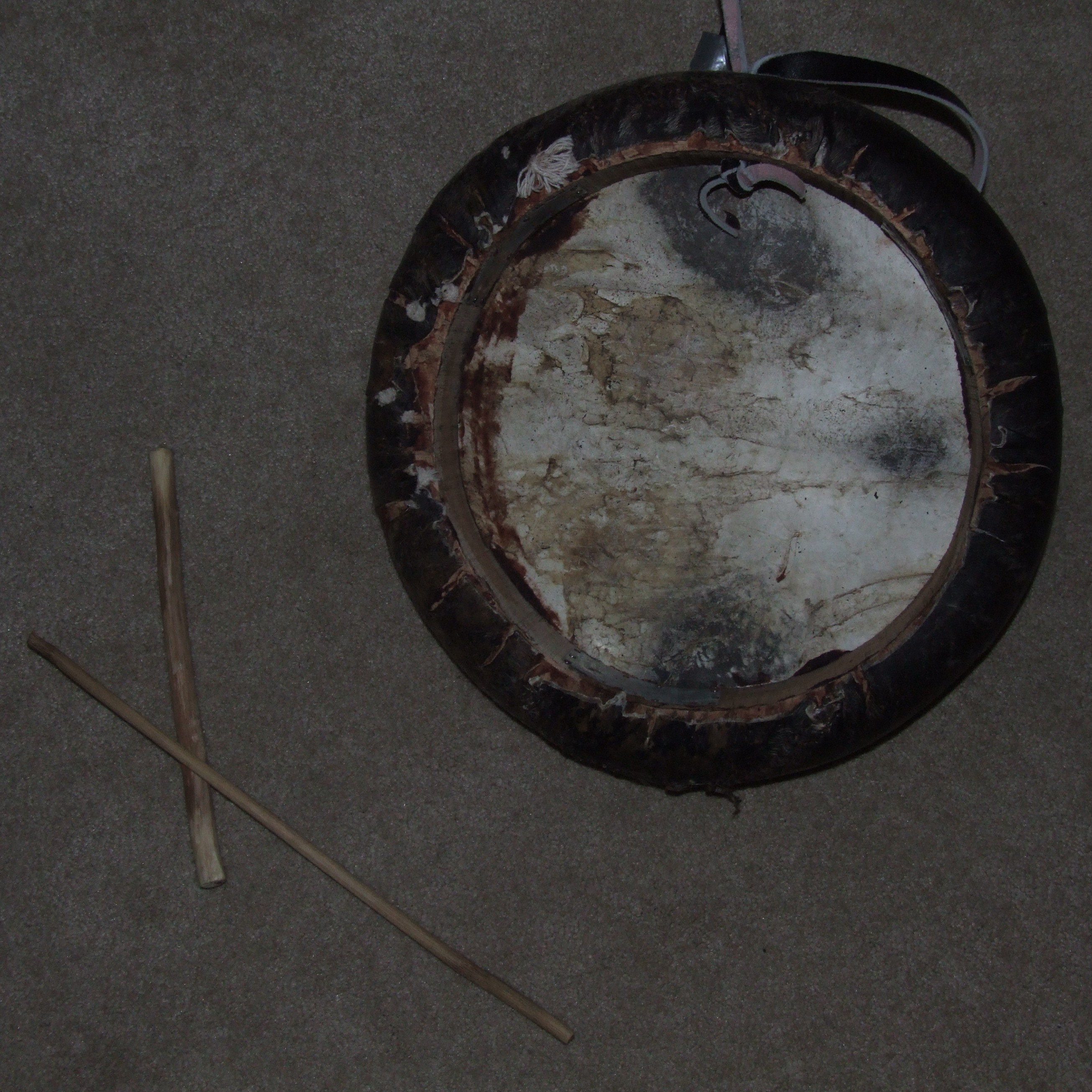Parai on:
[Wikipedia]
[Google]
[Amazon]
 The parai is a traditional
The parai is a traditional
Australia Tamil Arts Tamil Arts - YouTube
''Parai: Mother of Percussion''
a short video by The Educational Multimedia Research Center of
''This Is a Music: Reclaiming an Untouchable Drum''
(2011), description of an ethnomusicological documentary film about parai drummers
உலகம் முழுக்க பறை ஒலிக்கட்டும்!"பறை இனி இறப்புக்கான இசை இல்லை!"
{{Expand Tamil, பறை_(இசைக்கருவி), date=March 2015 Indian musical instruments Membranophones Medicine drums Tamil culture Tamil music Tamil Nadu
Tamil
Tamil may refer to:
* Tamils, an ethnic group native to India and some other parts of Asia
** Sri Lankan Tamils, Tamil people native to Sri Lanka also called ilankai tamils
**Tamil Malaysians, Tamil people native to Malaysia
* Tamil language, na ...
frame drum about 35 centimeters in diameter, used in the parai attam dance. It consists of a shallow ring of wood, covered on one side with a stretched cow hide that is glued to the wooden frame. The preferred wood is neem
''Azadirachta indica'', commonly known as neem, nimtree or Indian lilac, is a tree in the mahogany family Meliaceae. It is one of two species in the genus '' Azadirachta'', and is native to the Indian subcontinent and most of the countries in Afr ...
wood, although other types may be used. The shell is made up of three pieces of wood each in the shape of an arc, held together by three metal plates. The parai is played with two sticks.
Technique
The parai is slung by a strap over one shoulder (weak or off-hand side) and is held vertically by pushing it towards the performer's body. This harness allows the drummer to play while standing, walking, or dancing. It is played with two sticks: a long, thin flat bamboo stick (approx. 28 cm) called ''Sindu Kuchi'' or ''Sundu Kuchi'' (Tamil
Tamil may refer to:
* Tamils, an ethnic group native to India and some other parts of Asia
** Sri Lankan Tamils, Tamil people native to Sri Lanka also called ilankai tamils
**Tamil Malaysians, Tamil people native to Malaysia
* Tamil language, na ...
:சுண்டு குச்சி) and a short, thick stick (approx. 18 cm) that may be of any wood, called ''Adi Kucchi'' (Tamil
Tamil may refer to:
* Tamils, an ethnic group native to India and some other parts of Asia
** Sri Lankan Tamils, Tamil people native to Sri Lanka also called ilankai tamils
**Tamil Malaysians, Tamil people native to Malaysia
* Tamil language, na ...
:அடி குச்சி).
The short stick is loosely held between the thumb and three other fingers, index, middle, and ring, of the strong or dominant hand. It is held vertically, positioned near the lower rim of the drum. The off or weak hand, which holds the long stick, rests on the upper part of the frame. This stick is positioned at a downward-pointing angle. The base of the stick is gripped by the thumb and index fingers and balanced between the middle and ring fingers; the stick is moved back and forth using the ring finger and thumb respectively. There are three fundamental strokes from which all of the rhythmic patterns are derived: striking the center of the drum with the shorter stick; "slapping" the center of the drum with the long stick; and striking the drum with both sticks, the dominant immediately followed by the off.
Just before the commencement of every performance, drummers will heat the parai, holding it close to a small bonfire, so that the heat absorbs the moisture in the drum heads and tightens them considerably. After heating, the drums produce a loud, high-pitched cracking sound when struck.
Rhythms
*Otthaiyadi ( ta, ஒத்தையடி) *Thenmangu ( ta, தென்மாங்கு) *Samiaatam ( ta, சாமியாட்டம்) *Thullal ( ta, துள்ளல்) *Uyirppu ( ta, உயிர்ப்பு)History
In Tamil, the word ''parai'' means "to speak" or "to tell". The drums were used for multiple purposes including signaling people to gather, alerting them to upcoming war, requesting civilians to leave the battlefield, announcing victory or defeat, stopping a breach of water body, gathering farmers for farming activities, warning wild animals about people's presence, during festivals, weddings and other celebrations, and as part of worship of nature. There were as many as 156 traditional drum beats or ''adi'' for different purposes and designating different emotions. The drums were played in the royal courts of Sangam, Chola, and Pandiyan rulers. It is one of the earliest percussion instruments and is mentioned in '' Tholkaapiam'' as a standard musical instrument. It and the parai attam dance have become symbols of Tamil culture. It was only later called ''thappu'' (meaning "inauspicious") to derogate Tamil arts during the 14th century AD Vijayanagara rule of Tamil land.Types
See also
*Paraiyar
Paraiyar, or Parayar or Maraiyar (formerly anglicised as Pariah and Paree), is a caste group found in the Indian states of Tamil Nadu and Kerala, and Sri Lanka.
Etymology
Robert Caldwell, a nineteenth-century missionary and grammarian who ...
*Tamil culture
Tamil culture is the culture of the Tamil people. Tamil culture is rooted in the arts and ways of life of Tamils in India, Sri Lanka, Malaysia, Singapore, and across the globe. Tamil culture is expressed in language, literature, music, dance, thea ...
References
External links
Australia Tamil Arts Tamil Arts - YouTube
''Parai: Mother of Percussion''
a short video by The Educational Multimedia Research Center of
Anna University
Anna University is a public state university located in Tamil Nadu, India. The main campus is in Chennai. It was originally established on 4 September 1978 and was named after C. N. Annadurai, the former Chief Minister of Tamil Nadu.
History & ...
''This Is a Music: Reclaiming an Untouchable Drum''
(2011), description of an ethnomusicological documentary film about parai drummers
உலகம் முழுக்க பறை ஒலிக்கட்டும்!
{{Expand Tamil, பறை_(இசைக்கருவி), date=March 2015 Indian musical instruments Membranophones Medicine drums Tamil culture Tamil music Tamil Nadu